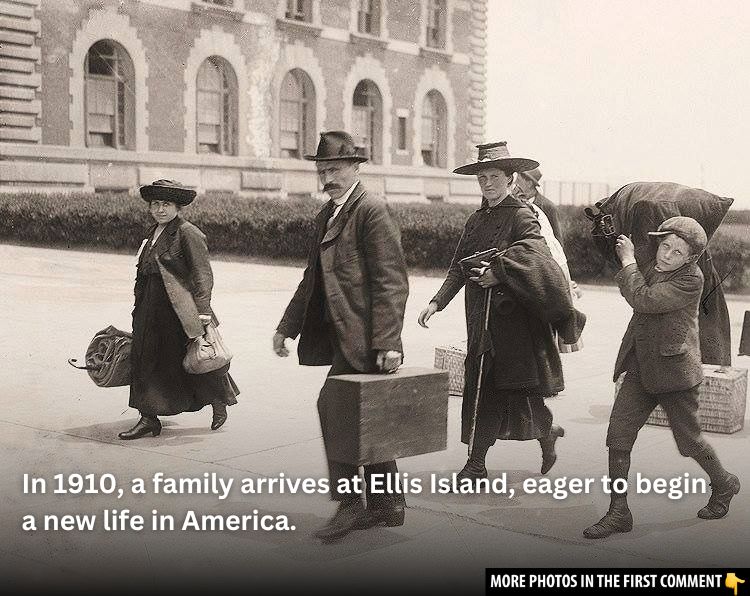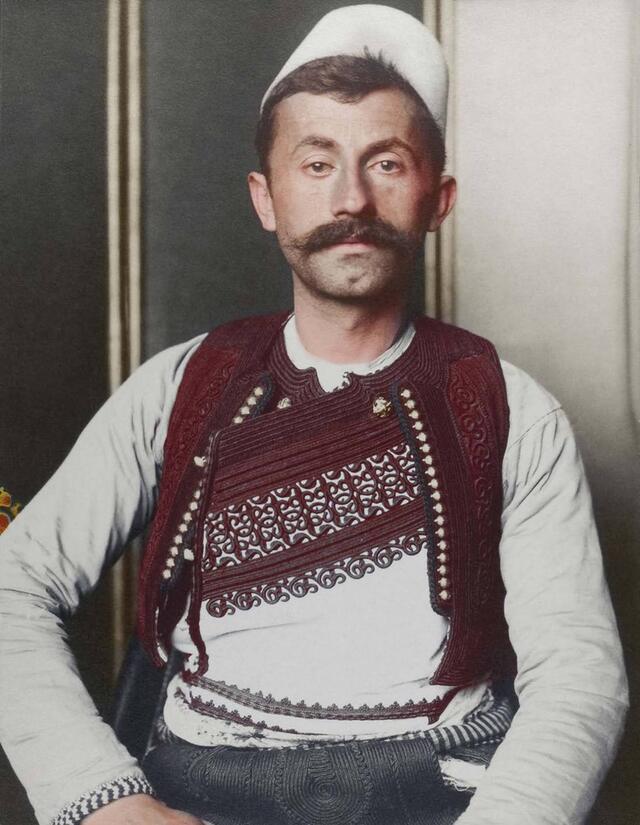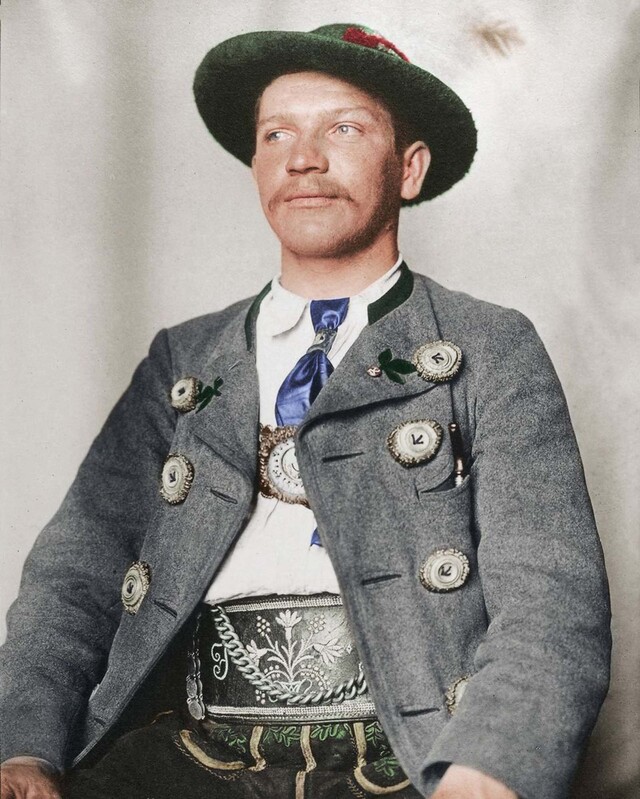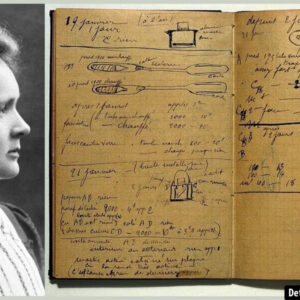Ellis Island holds a special place in the history of the United States as a symbol of hope, struggle, and the pursuit of the American Dream. Between 1892 and 1954, over 12 million immigrants passed through its doors, each carrying with them a story of courage, resilience, and the promise of a new life. Today, many of these stories are brought to life through the lens of photographer Augustus Sherman, whose iconic black and white portraits of Ellis Island immigrants have been colorized to reveal a vibrant chapter of history. In this article, we explore the lives of these immigrants, the significance of Sherman’s photos, and the emotional power of colorized imagery that bridges the past with the present.
The Legacy of Ellis Island: Gateway to the American Dream
Ellis Island was the first stop for millions of immigrants arriving in the United States at the turn of the 20th century. Located in New York Harbor, the island processed over 12 million people during its years of operation. These individuals came from all corners of the globe, seeking a better life and the opportunities that America promised. The island became a symbol of both the promise of new beginnings and the bureaucratic hurdles that many immigrants faced as they entered the country.

The island was more than just a point of entry. For many, it was a place of intense emotional transition—leaving behind the known and stepping into the unknown. While some passed through Ellis Island quickly, others faced extended detainment due to health screenings, questions about their backgrounds, or concerns about their ability to support themselves. This diverse group of people came from a variety of cultural, ethnic, and religious backgrounds, all contributing to the rich tapestry of American society.
Video
Check out the video “Immigrants at Ellis Island | History” to learn more about the journey of immigrants arriving at Ellis Island.
Augustus Sherman: A Photographer of the Immigrant Experience
Augustus Sherman, an untrained photographer employed at Ellis Island, played a pivotal role in documenting this moment in history. Capturing over 200 photographs of immigrants between 1906 and 1914, Sherman’s images provide a window into the lives of these newcomers, many of whom were arriving in the United States for the first time. What makes Sherman’s photos so compelling is not only his skill with the camera but his ability to capture the raw emotions of his subjects. His portraits are more than just snapshots; they tell a story of hope, fear, determination, and belonging.
The photographs were taken during a time when the art of photography was still in its infancy. Long exposure times and large box cameras made photography a labor-intensive process, especially when working with people in a state of uncertainty. Despite these challenges, Sherman managed to create a collection of striking images that conveyed the diversity and richness of the immigrant experience. His photographs include Ruthenian women in traditional dress, Romanian shepherds with their distinctive clothing, and even Greek Orthodox priests in their ceremonial garb.
The Colorization Process: Reviving History in Vivid Detail

While Sherman’s original photographs were black and white, the recent colorization of these images has brought a new level of vibrancy and realism to the portraits. Led by Jordan Lloyd and his team at Dynamichrome, the colorization process adds depth to the photos, allowing us to better connect with the individuals captured in these moments. By carefully adding color to each image, Lloyd’s team restores a sense of life to the otherwise muted tones of the early 20th century.
Colorizing historical images allows us to see the world through the eyes of the people who lived it. The colors of their clothes, the details of their faces, and the textures of their environments are all brought to life, making the past feel more tangible and immediate. Through this process, the stories of Ellis Island immigrants are no longer relegated to the pages of history books or the faded corners of photographs; they are made accessible in a way that speaks to us today.
Immigrant Faces: Diversity in Clothing and Identity

The colorized portraits of Ellis Island immigrants showcase the incredible diversity of the people who passed through the island’s gates. Each individual’s attire tells a story of their origin, culture, and personal history. For example, the Ruthenian woman in her traditional linen shirt and sheepskin vest, adorned with floral embroidery, represents a rich cultural heritage that dates back centuries. The Romanian piper, with his plain sheepskin cloak and straw hat, speaks to the humble origins of many immigrants who worked on the land.

One of the most striking images is that of an Algerian man, dressed in a kaftan tunic and a burnous, his outfit reflecting the unique blend of Berber, Arab, and Mediterranean influences that defined his identity. These portraits remind us that each immigrant brought a part of their home with them—whether through their clothing, customs, or language—and contributed to the diverse mosaic that is modern America.
The images also reveal the strong sense of pride immigrants took in their cultural heritage. Many of the individuals posed in their traditional dress, often with their best attire, signifying both their respect for their roots and their desire to be seen as individuals within the larger context of the American immigrant experience.
A Glimpse into Their Lives: Personal Stories Behind the Faces


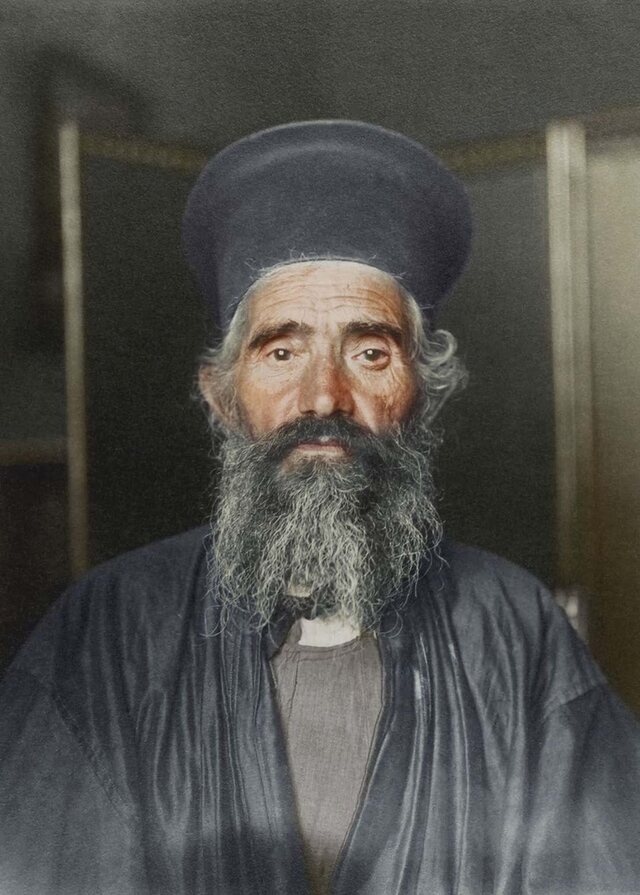
Each portrait offers a glimpse into the lives of the individuals captured by Sherman. Many of the captions provided by Sherman identified the sitters by name, age, occupation, and native country. Some even included personal details such as “Vegetarian” or “Belgian Stowaway,” providing a small but significant insight into the life stories of these immigrants. These notes create a personal connection between the viewer and the subject, reminding us that these were real people with their own hopes and dreams.
For example, one photograph of a Dutch woman with a large bonnet and a floral-embroidered costume speaks to the pride in her heritage, while a Slovak woman with her children stands as a symbol of the many families that made the journey to America together. These personal details make the historical context of Ellis Island more intimate, allowing us to empathize with the individuals who passed through its doors.
The Legacy of Ellis Island: A Symbol of American Immigration
Ellis Island is a testament to the hopes and struggles of millions of immigrants who sought a better life in America. As a place of entry and a symbol of new beginnings, it remains an essential part of the American story. The colorized portraits captured by Augustus Sherman serve as a reminder of the cultural diversity that has shaped the nation, showing us that these immigrants, though once strangers to a new land, became integral parts of the communities they joined.
Today, more than 40 percent of all U.S. citizens can trace their ancestry to Ellis Island. The legacy of these immigrants, their resilience, and their contributions to American society is visible in every facet of life today—from the food we eat to the music we listen to, and the values we uphold. These portraits, now brought to life in color, allow us to honor their memory and remind us of the enduring impact they had on the United States.
Gallery: The Colorized Portraits of Ellis Island Immigrants
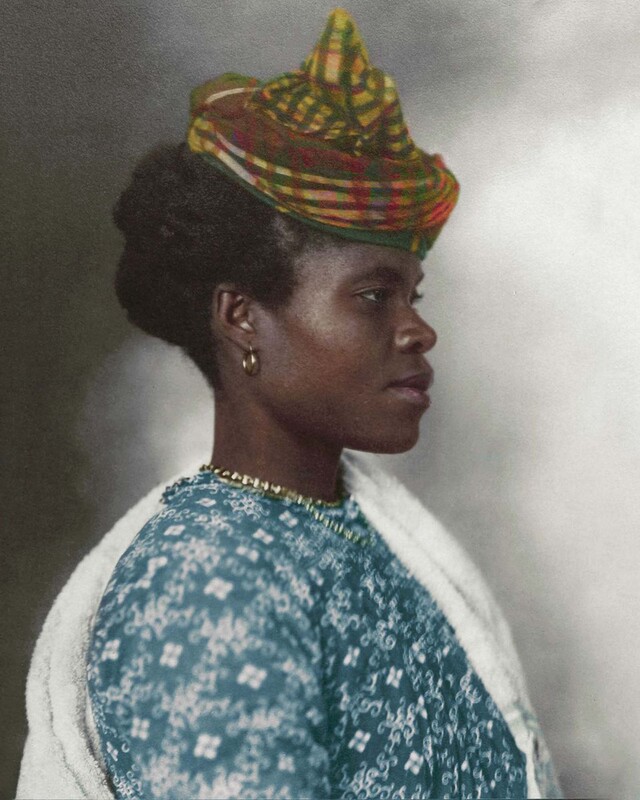
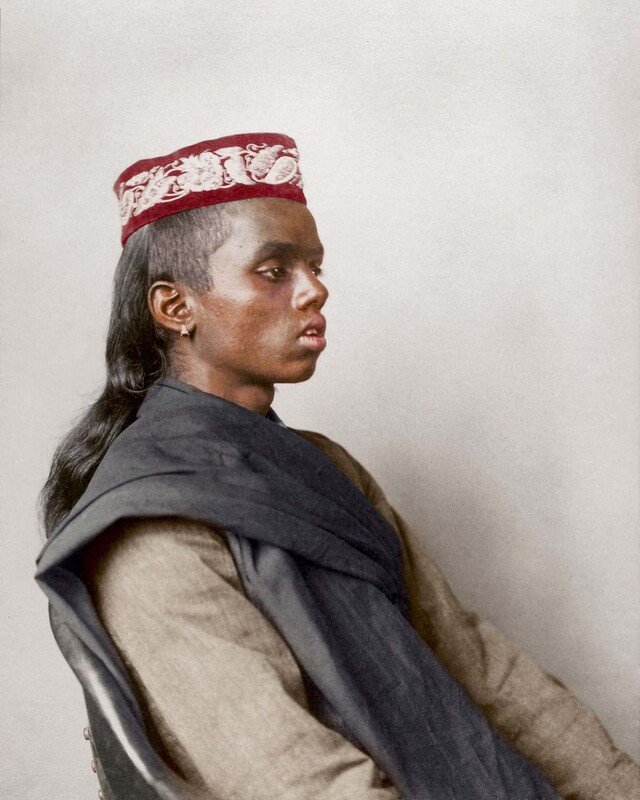
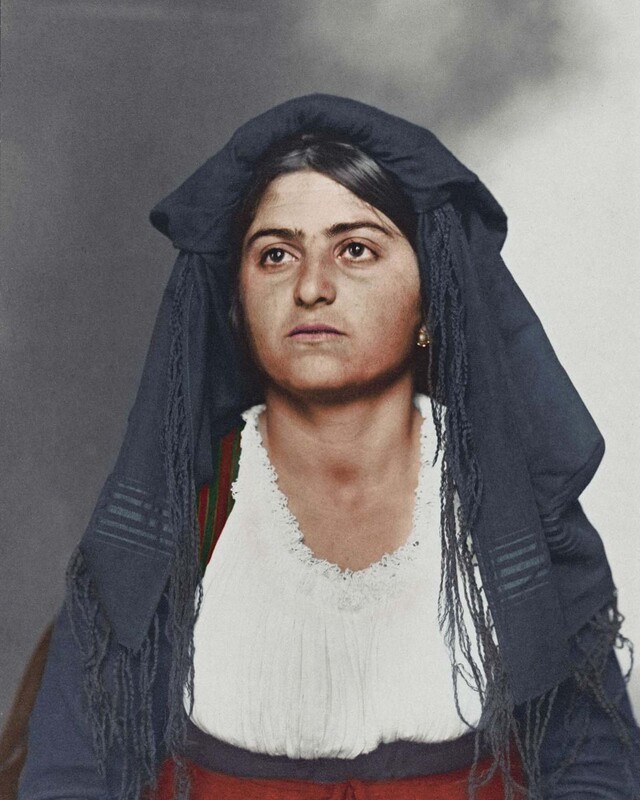


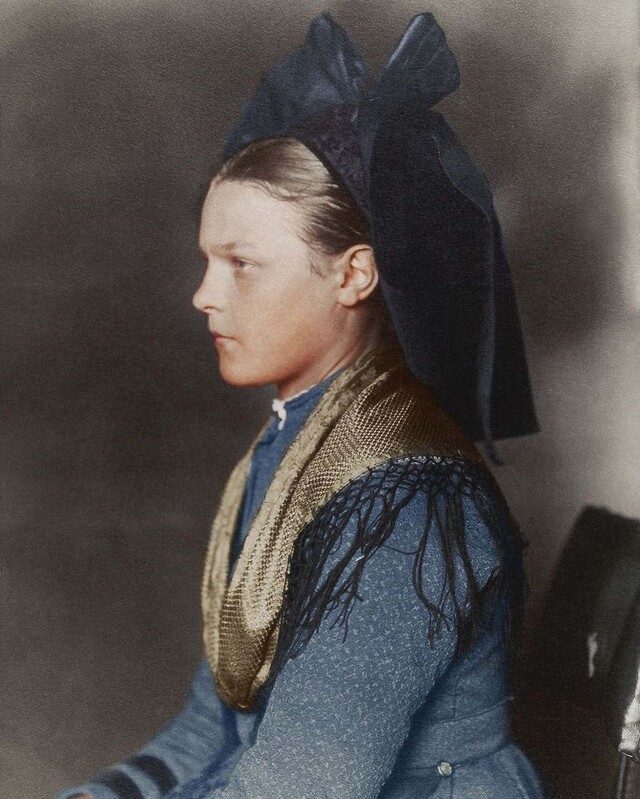
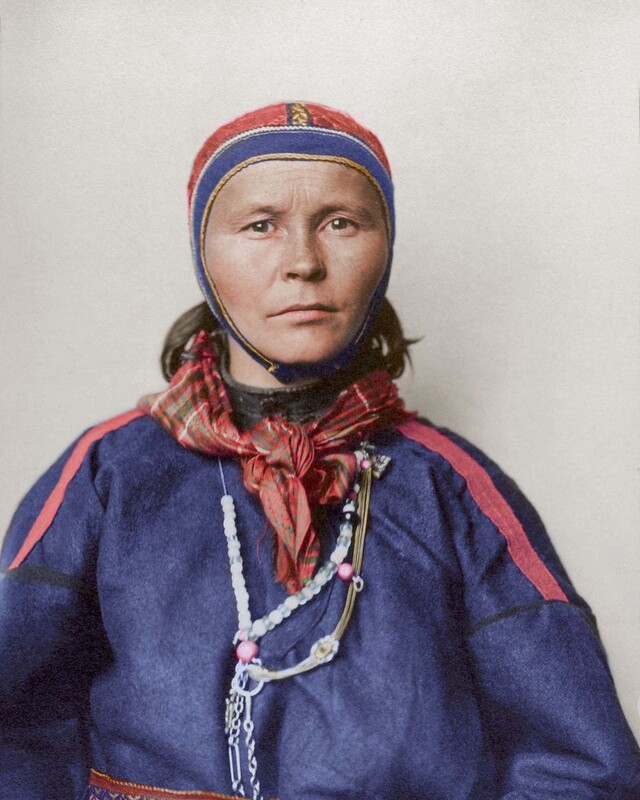
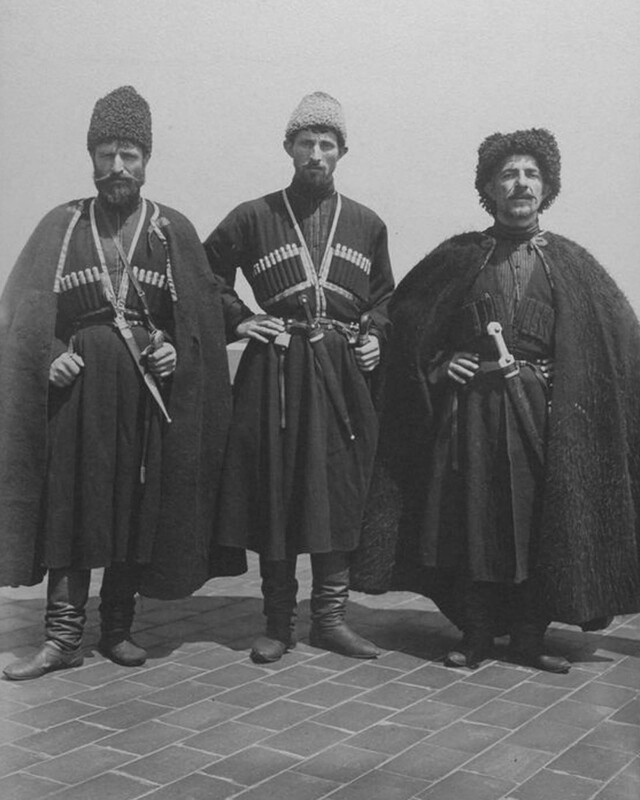
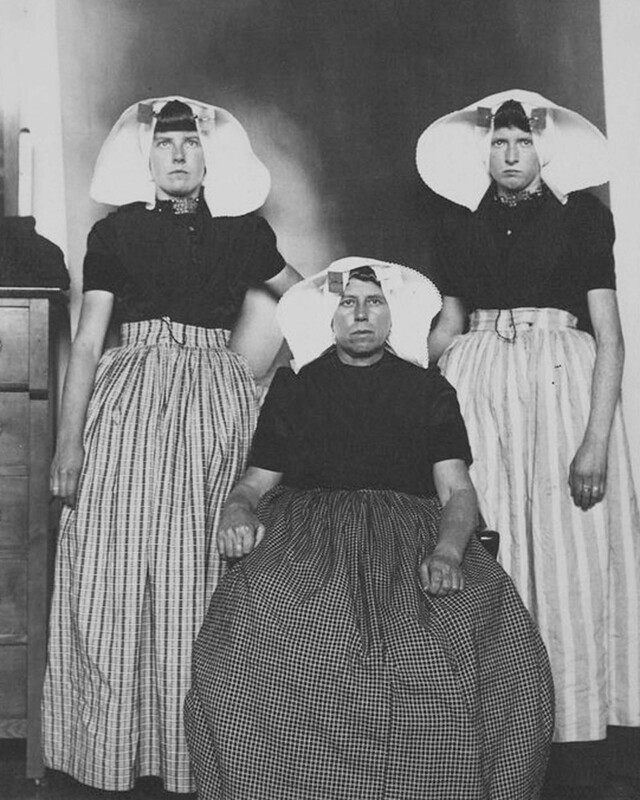
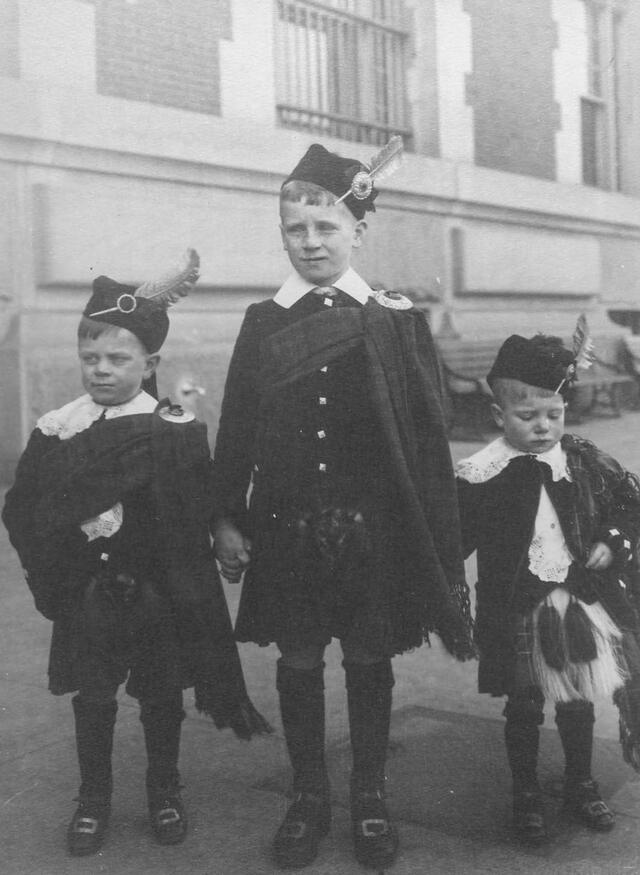
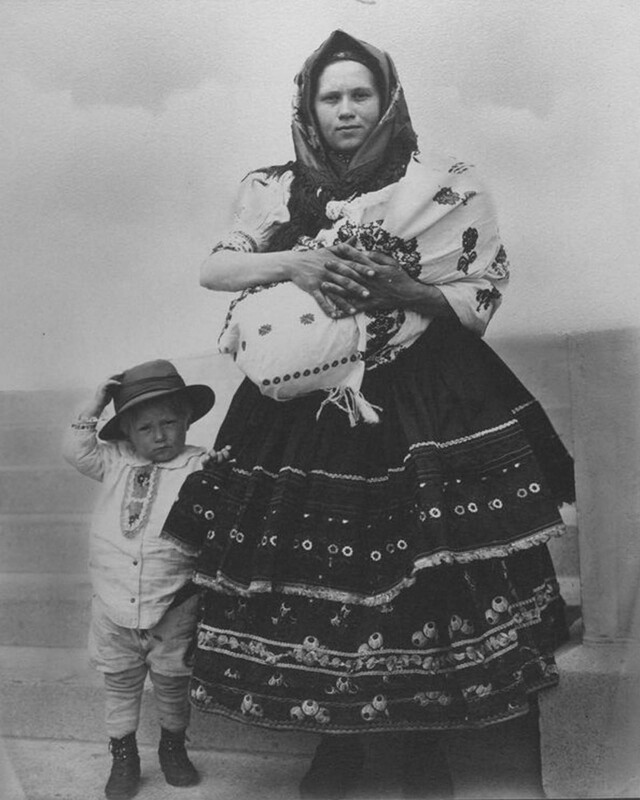
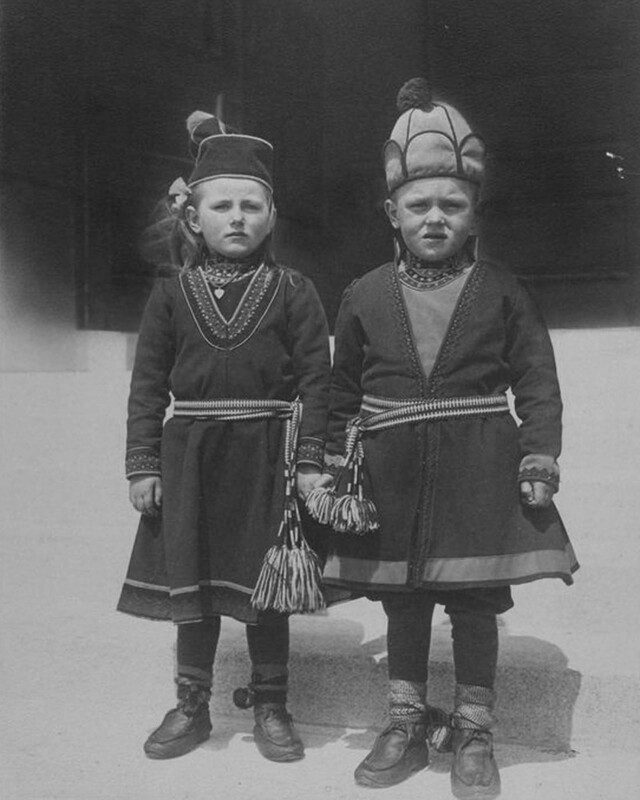
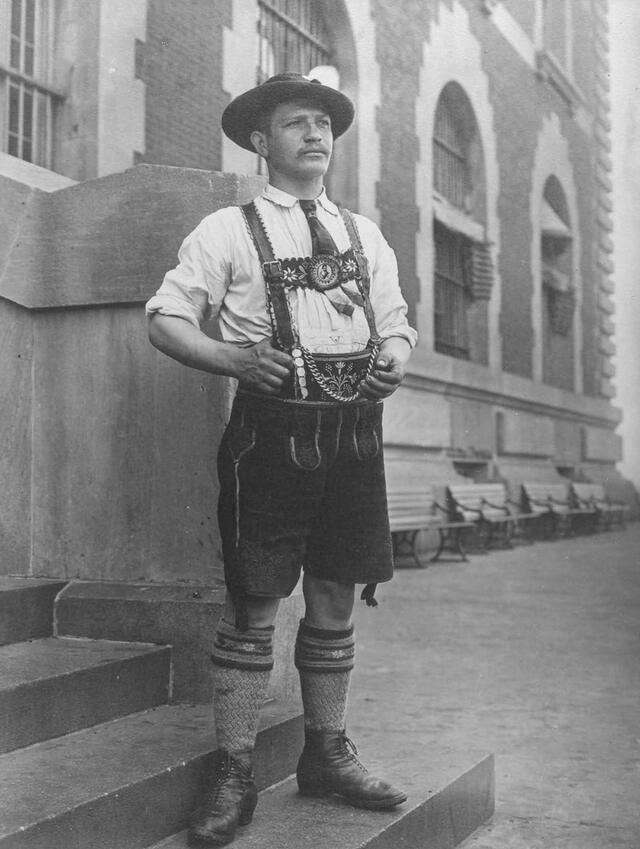
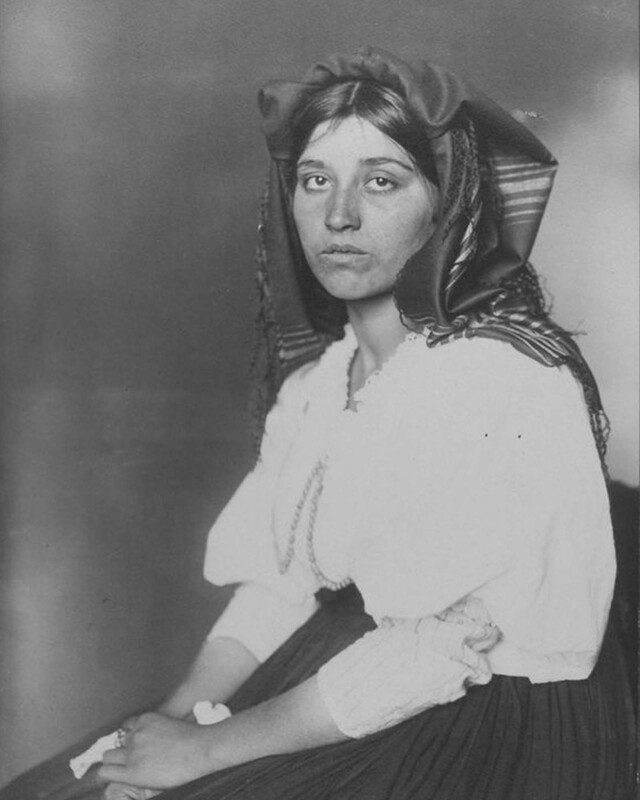
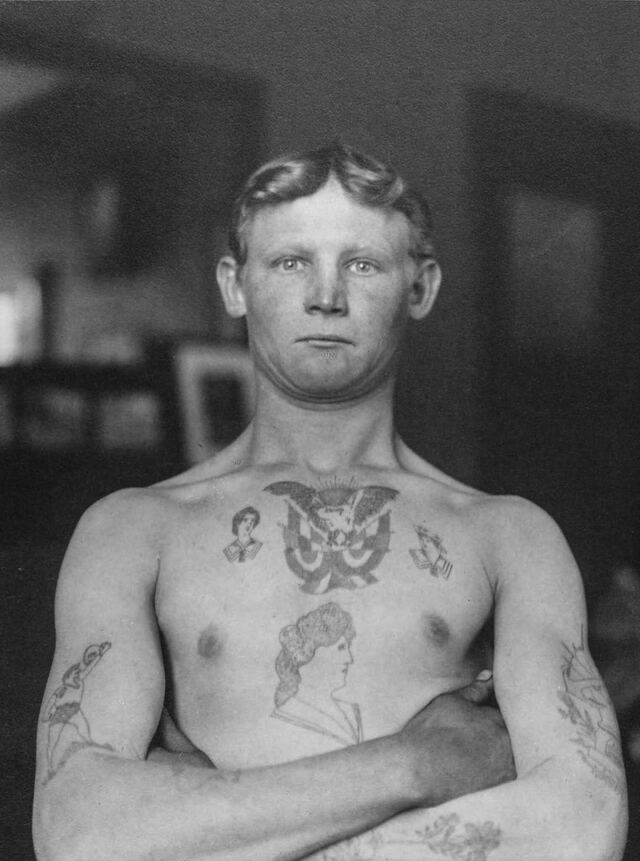
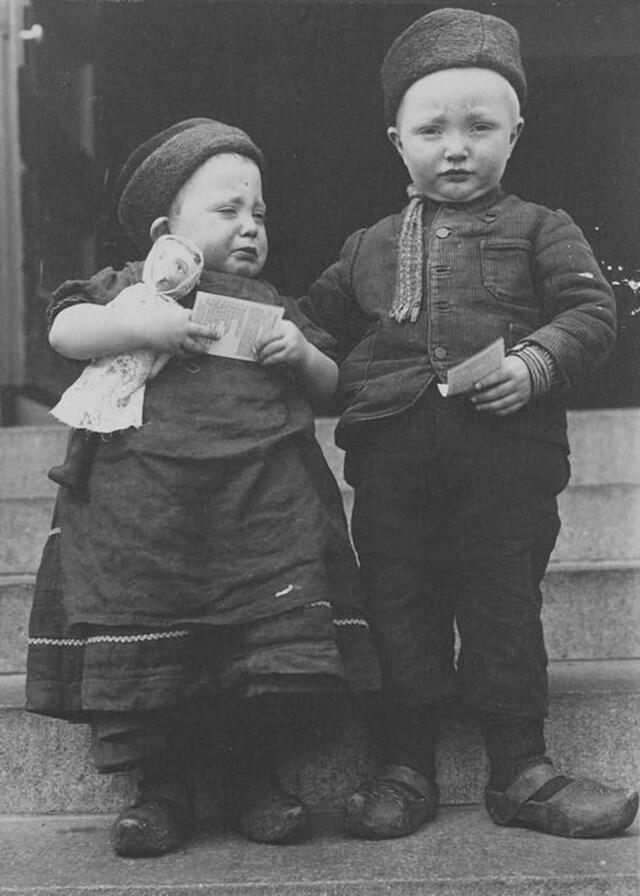
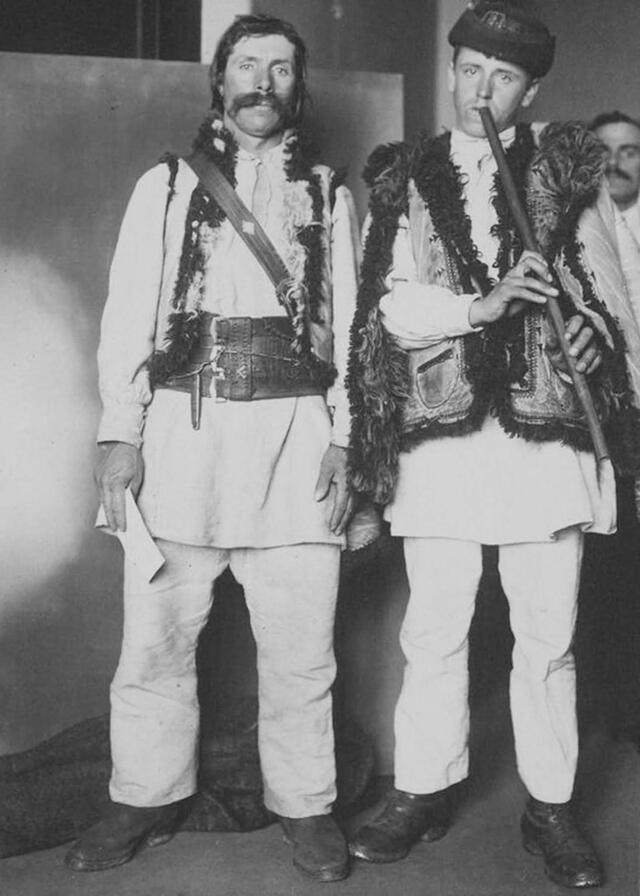
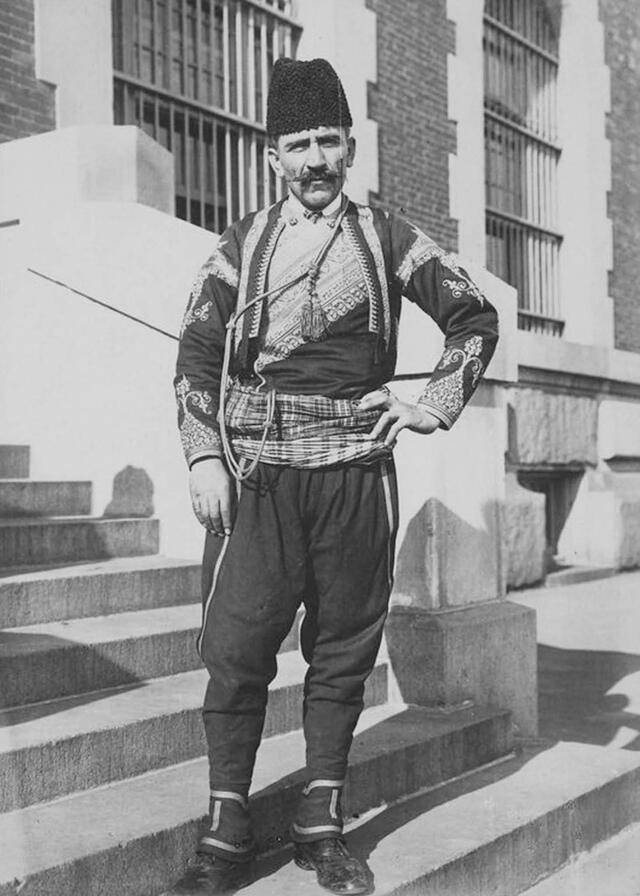
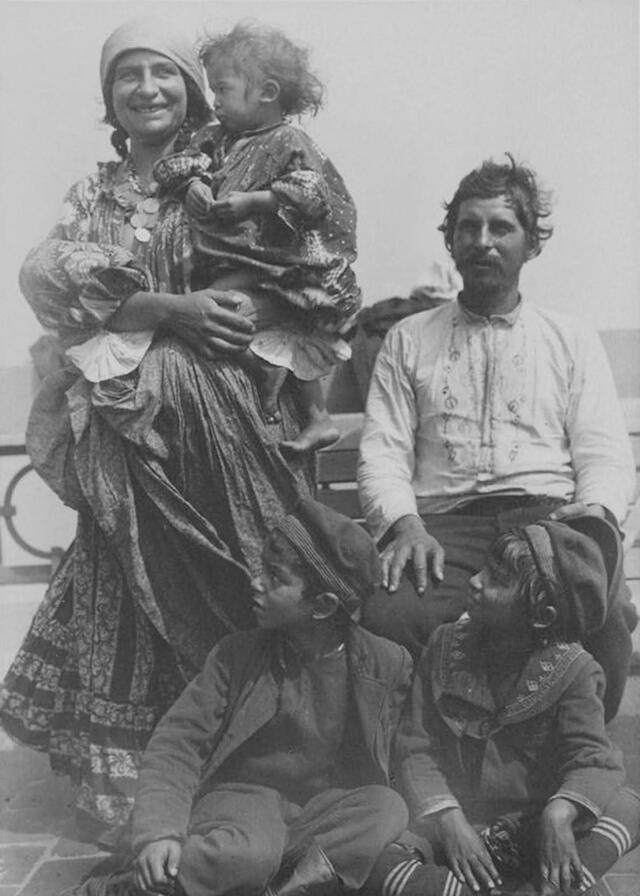
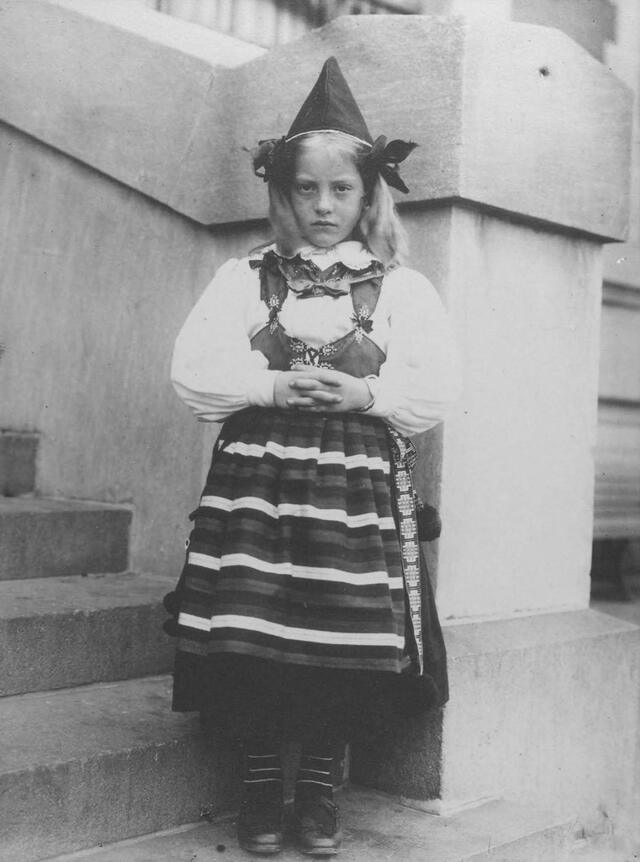
Video
Don’t miss the video “What People Ate on Ellis Island” to discover what immigrants ate during their time at the famous immigration station.
Conclusion: Connecting the Past with the Present
The colorized portraits of Ellis Island immigrants not only provide a window into a pivotal moment in American history but also create an emotional connection to the past that resonates with us today. By transforming black and white images into vibrant depictions of people who once stood at the threshold of a new life, these photographs invite us to reflect on the immigrant experience and the rich diversity that continues to define America.
As we look at the faces in these portraits, we are reminded of the universal human desire for freedom, opportunity, and belonging. The immigrants who passed through Ellis Island may have left their homes behind, but they brought with them the strength, resilience, and culture that helped shape the United States into the nation it is today.
Through these colorized images, we honor the memory of those who sought a better life in America, and in doing so, we acknowledge the importance of their journey and the lasting legacy they have left behind.
